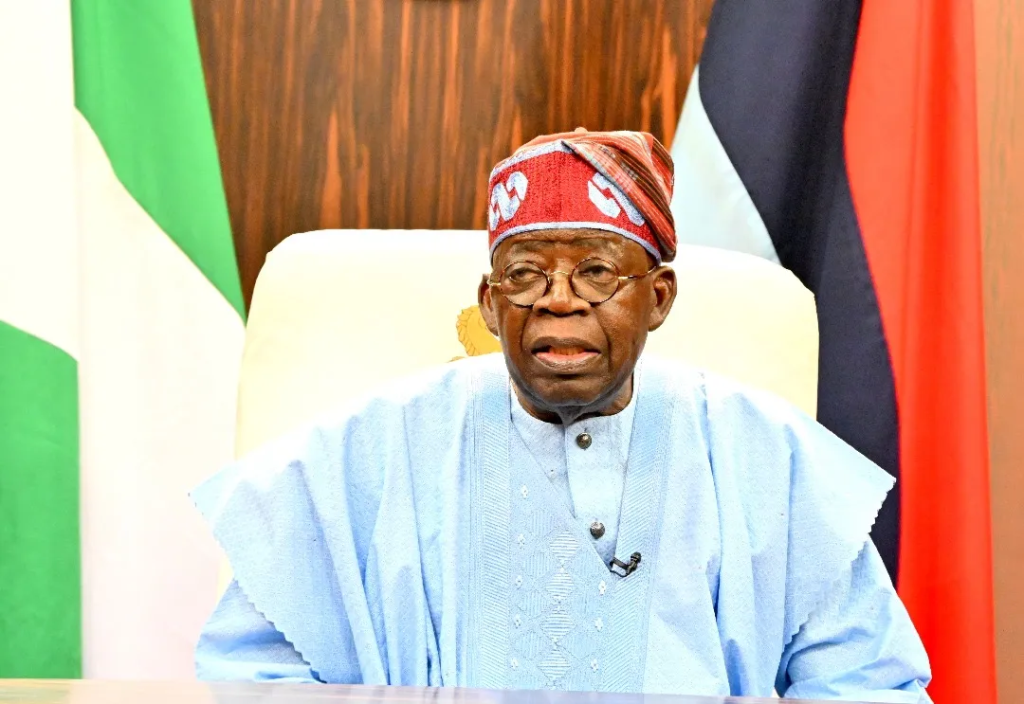
President Bola Tinubu told Nigerians on Independence Day that the economy is on a recovery path and listed a dozen “remarkable economic milestones.” PREMIUM TIMES checked each claim against official data and expert sources. Most of the claims hold up to scrutiny; below is a numbered breakdown of the key assertions, the verification steps, and final verdicts.
Out of the 9 claims reviewed here (as presented), the majority are supported by official data from the National Bureau of Statistics (NBS), the Central Bank of Nigeria (CBN), the Federal Inland Revenue Service (FIRS), and market sources. Several headline claims, including Q2 2025 GDP growth, lower inflation in August 2025, rising external reserves, an improved tax-to-GDP ratio, consecutive trade surpluses, higher oil output, a rebound in coal mining, sovereign rating upgrades, and a cut in the CBN’s benchmark rate, are all verified by official figures.
Verification: NBS quarterly GDP releases show Q2 2025 growth at 4.23%, the highest quarterly rate since Q2 2021 (5.01%). Latest quarter-on-quarter comparisons were reviewed.
Verdict: TRUE
Source: National Bureau of Statistics (NBS)
Verification: NBS inflation releases report year-on-year headline inflation of 20.12% for August 2025; the last time the rate was lower was July 2022 (19.64%).
Verdict: TRUE
Source: NBS
Verification: CBN reserves dashboard shows external reserves at about $42.03 billion (figure cited as of Sept. 19). Comparable historic readings indicate the last time reserves exceeded that level was late September 2019 (~$42.05b).
Verdict: TRUE
Source: Central Bank of Nigeria (CBN)
Verification: FIRS previously reported a tax-to-GDP ratio around 10.86% (June 2023); the current figure cited by the tax agency is 13.5%.
Verdict: TRUE
Source: Federal Inland Revenue Service (FIRS), PREMIUM TIMES reporting.
Verification: NBS foreign trade reports show a continued pattern of exports exceeding imports over recent quarters and a Q2 2025 surplus of N7.46 trillion — representing a 44.3% rise from the prior quarter. Historical data confirm that the last deficit occurred in Q4 2023.
Verdict: TRUE
Source: NBS report on foreign trade.
Verification: NBS crude oil production figures list daily output rising to about 1.68 million barrels per day in the referenced month; May 2023 production was near 1.1 million bpd (and ~998,602 bpd in April 2023).
Verdict: TRUE
Source: NBS
Verification: The NBS Q2 2025 GDP sector breakdown shows coal mining contracting in Q1 2025 (around –22.2%) and rebounding strongly in Q2 with growth near 57.53%. Mining & quarrying overall expanded markedly.
Verdict: TRUE
Source: NBS
Verification: Rating agencies moved Nigeria’s ratings outlook in 2025 (examples: Fitch and Moody’s upgrades noted in 2025). NSE All-Share Index data indicate the ASI rose from roughly 55,000 at end-May 2023 to ~142,000 by September 26, 2025.
Verdict: TRUE
Sources: Fitch, Moody’s, Nigerian Stock Exchange data (NSE dashboard)
Verification: The Monetary Policy Committee (MPC) reduced the MPR by 50 basis points to 27.00%, the first cut since 2020. The prior cut referenced was in Sept. 2020 (12.5% to 11.5%).
Verdict: TRUE
Source: Central Bank of Nigeria (CBN)
Cross-check of President Tinubu’s Independence Day economic claims shows that the bulk of the headline statements align with official statistics from Nigeria’s economic institutions. Many of the data points cited, from Q2 2025 GDP growth and lower inflation to rebuilt external reserves, stronger tax collection, consecutive trade surpluses, higher crude output, sectoral rebounds (coal), rating upgrades, and an MPR cut, are supported by NBS, CBN, FIRS, and market data.
This fact-check compared each claim to the latest available official releases by the National Bureau of Statistics, the Central Bank of Nigeria, the Federal Inland Revenue Service, sovereign rating announcements and Nigerian Stock Exchange indices. Verdicts reflect the correspondence between the president’s stated figures and the agency data cited.